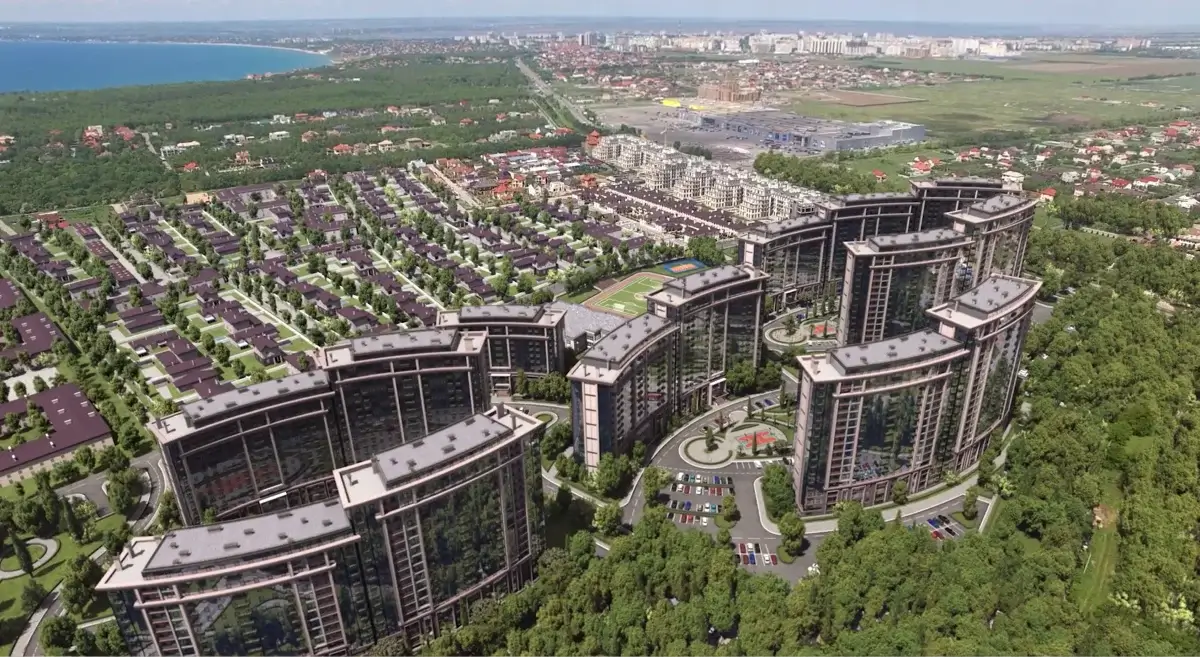# Clip # Direction # Music
2D or 3D graphics – which is better to choose?
24.04.2025
What is the difference between 2D and 3D graphics? What advantages does 3D offer compared to 2D? And which style should you choose for your video? If you haven’t found answers to these questions yet, let us help you navigate this complex choice.

However, we want to emphasize that animated videos are beneficial for any business. They are easily digestible and generate interest. Animation can be used on websites, social media, at exhibitions, conferences, and in educational projects, presenting information in a vibrant and dynamic way. When choosing between 2D and 3D graphics, it’s essential to consider the primary goal of the video and the information you wish to convey to the audience. This choice will also affect the video’s cost and production timeline.
Let’s first clarify the difference between 2D and 3D graphics.
2D graphics refer to flat images, as they are two-dimensional, with movement occurring in two dimensions: width and height. For realistic perception, our brains are engaged: our eyes read the flat image while our minds fill in the details in a three-dimensional format. This allows us to judge which objects are farther away and which are closer.
3D graphics, on the other hand, refer to volumetric images, as they are three-dimensional. In this format, objects are defined in three dimensions: width, height, and depth. This allows for the rotation of objects around their axes or camera movement around them. As a result, viewers can assess the size of objects and their distance from the camera.
Now that we’ve clarified the main differences between 2D and 3D graphics, let’s move on to their advantages and disadvantages. This will help you make an informed choice regarding the style for your video.
1. Informative
2D graphics are suitable for most static images, such as diagrams, charts and maps. They are generally easier to create and allow for quicker and clearer information delivery. This option is also better suited for incorporating text content, as text is more readable in a flat image.
2. Embodiment
3D graphics are more appropriate when you need to display a complex object or animation. They can also be beneficial for creating more realistic and interactive images. For example, complex chemical compounds or machinery with many intricate details can be effectively illustrated in 3D.
In 2D, it is not advisable to use complex geometric constructions, as they can be difficult to read.
3. Uniqueness
3D graphics provide the opportunity to create something new. However, this requires a higher level of professionalism. There are fewer established techniques and standard effects compared to 2D, where millions of special effects and graphic templates are already developed and can be utilized. This significantly simplifies and accelerates the process of creating 2D graphics.
4. Cost and Production Time
Creating 3D graphics is a labor-intensive process, and as a result, the cost of such services is considerably higher. Additionally, more time is required for production. In contrast, the cost of a 2D video will be lower, and it can be realized more quickly.
What to Choose?
Firstly, you need to consider the primary objective of the video. If your goal is to convey more useful information in a textual format, 2D graphics are the better choice. However, if your aim is to surprise your audience with something new and creative, then 3D graphics are worth considering.
Keep in mind that the latter option will be more expensive and will require more time for production, but the results will exceed all expectations.
If you’re still unsure about which type of graphics to choose, we can discuss it together and find the best option for your video, based on its objectives and the impact you want it to have on the audience.
